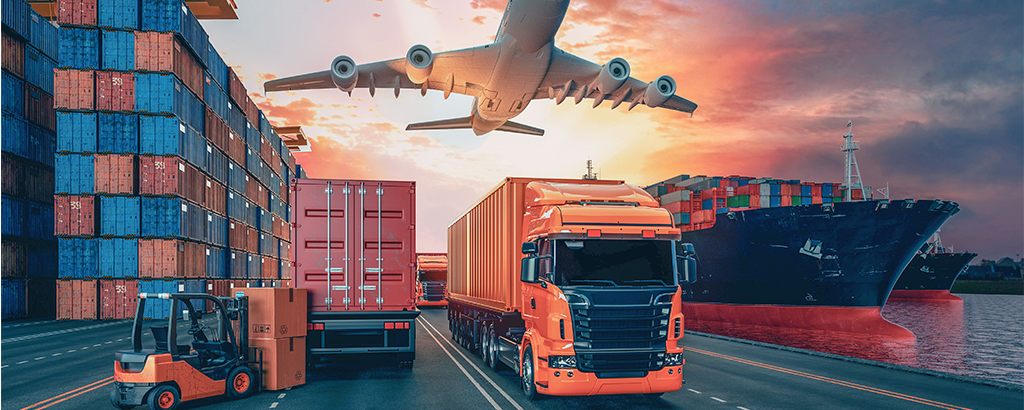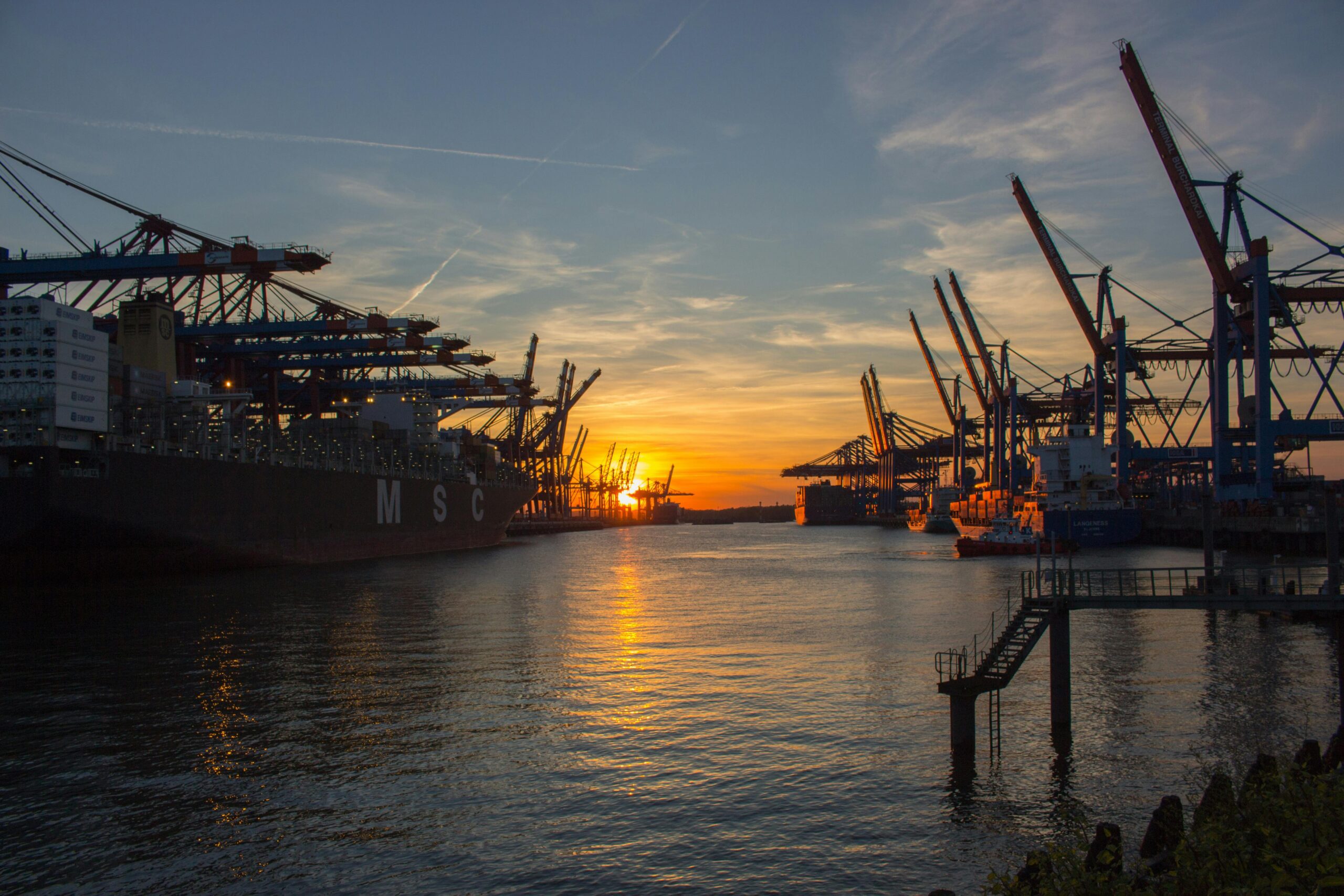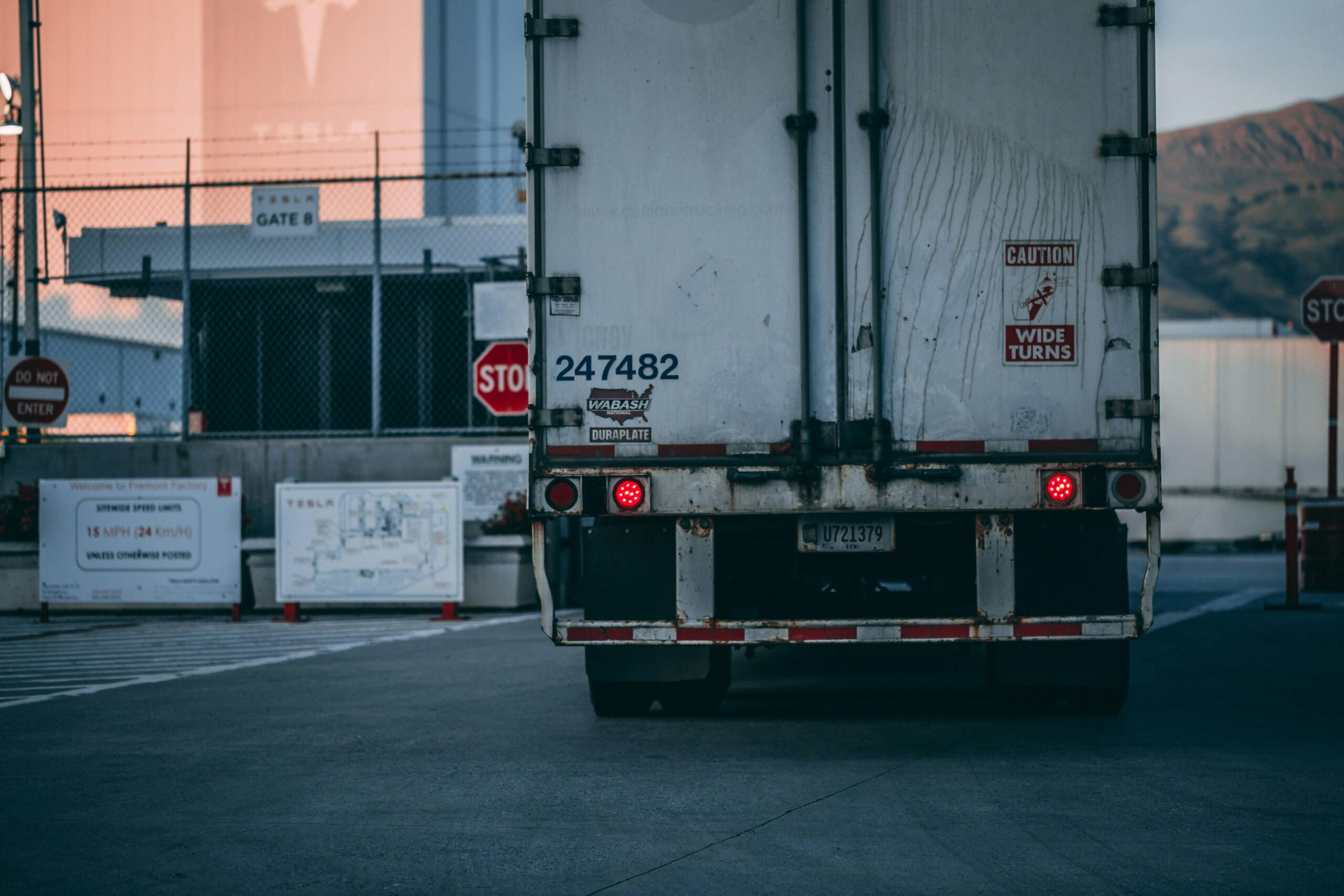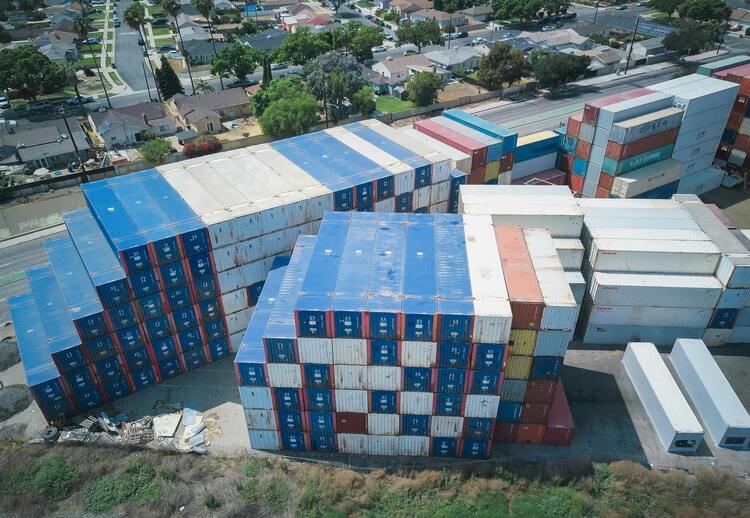Freight Transport Demystified: What It Is and How It Works
In a world where instant gratification reigns supreme, have you ever stopped to wonder what happens behind the scenes when your favorite products make their way from distant factories to your doorstep? Freight Center is the unsung hero of global commerce, silently orchestrating the movement of goods across vast distances. But what exactly does it entail, and how does this complex system operate seamlessly? Join us as we peel back the layers of freight transportation unraveling its intricacies, exploring its vital role in our daily lives, and revealing why it’s more important than ever in today’s interconnected economy. Whether you’re an aspiring logistics professional or simply curious about how your purchases travel from point A to B, get ready for an enlightening journey through the fascinating world of freight transport! Introduction to Freight Transport Freight transport plays a pivotal role in our global economy. It connects manufacturers to consumers, ensuring that products reach their destinations efficiently and cost-effectively. But what exactly is freight transportation? How does it work behind the scenes? With various options available like air, ocean, road, and rail—it can often seem overwhelming for businesses looking to ship goods. Whether you’re a small business owner or part of a large corporation, understanding freight transport is essential for optimizing your logistics strategy. This blog post will guide you through the intricacies of this vital service and help you determine how it can benefit your operations. Let’s dive into the world of freight transport! Definition and Explanation of Freight Transport Freight transport refers to the movement of goods and products from one location to another. This essential service plays a vital role in global trade and commerce. At its core, freight transportation involves various methods designed for efficiency and reliability. Whether by land, sea, or air, each mode has unique characteristics that cater to different shipping needs. The process can encompass everything from raw materials to finished products. Companies rely on freight transport to ensure their supplies reach customers on time. Understanding this complex system is crucial for businesses aiming to optimize their supply chain operations. Efficient freight transport not only minimizes costs but also enhances customer satisfaction through timely deliveries. Types of Freight Transport Services freight center comes in various forms, each tailored to specific needs. Air freight is the fastest option for urgent deliveries, making it ideal for time-sensitive goods like electronics and pharmaceuticals. Although more expensive, it ensures that your products reach their destination promptly. Ocean freight offers a cost-effective solution for large shipments across international waters. It’s perfect for bulk items such as machinery or furniture but slower than air transport. Road freight covers shorter distances efficiently, utilizing trucks to deliver goods directly to locations. This service suits local businesses needing flexibility and quick turnaround times. Rail freight stands out when moving heavy cargo over land efficiently. It’s reliable and environmentally friendly but requires coordination with road transportation at endpoints. Each of these services plays a crucial role in the global supply chain landscape, providing options based on urgency, volume, and cost considerations. Air Freight Air freight is the fastest way to transport goods over long distances. It utilizes cargo planes to move products from one location to another, often crossing international borders with ease. This method is ideal for time-sensitive shipments. Businesses rely on air freight when speed is crucial—think of urgent medical supplies or perishable food items that need quick delivery. Although it can be more expensive than other options, the efficiency gained can outweigh the costs. Companies save time and expand their market reach significantly. Air freight services also offer flexibility in terms of routes and schedules, allowing businesses to adapt quickly to changing demands. With advanced logistics management, tracking shipments has never been easier. Ultimately, air freight stands out as a powerful tool in global trade dynamics, connecting markets efficiently and reliably across vast distances. Ocean Freight Ocean freight is a vital component of global trade. It involves the transportation of goods via cargo ships across oceans and seas. This method is often preferred for large shipments due to its cost-effectiveness. Shipping containers are the backbone of ocean freight. They come in standard sizes, making it easy to load and unload at ports. The use of these containers enhances security and reduces the risk of damage during transit. Transit times can vary significantly based on destination and shipping routes. Although slower than air transport, ocean freight can handle massive volumes, which is ideal for bulk commodities. Environmental regulations have also shaped this sector. Many companies now focus on sustainable practices to minimize their carbon footprint while moving goods efficiently by sea. In today’s interconnected world, ocean freight remains an essential service that supports economies worldwide. Road Freight Road freight is a vital component of the logistics landscape. It involves transporting goods by trucks and vans over various distances. This method is often chosen for its flexibility and accessibility. One of the standout features of road freight is its ability to reach remote locations that other transport modes cannot access easily. Whether it’s urban centers or rural areas, trucks can navigate diverse terrains with ease. Moreover, road freight supports just-in-time delivery systems. Businesses can quickly move products to meet urgent demands without delays common in other transportation methods. The infrastructure for road transport has improved significantly, leading to more efficient routes and reduced delivery times. As technology advances, tracking systems also enhance transparency throughout the shipping process. For many businesses, choosing road freight means balancing speed and cost-effectiveness while maintaining control over their supply chains. Rail Freight Rail freight is a key player in the logistics landscape. It involves transporting goods using trains, offering an efficient solution for long-distance movement. This mode of transport excels at carrying bulk commodities like coal, grains, and automobiles. Its ability to haul large volumes makes it ideal for businesses with substantial shipping needs. One significant advantage of rail freight is its environmental impact. Trains emit less carbon per ton-mile compared to trucks. This eco-friendly aspect appeals












